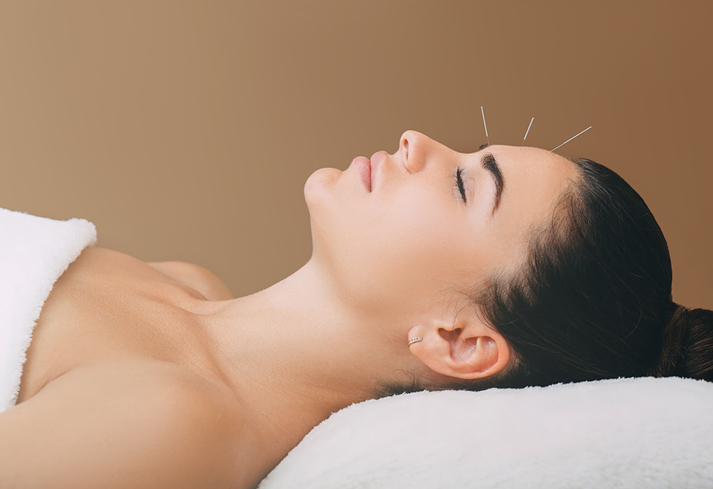Pain
What Is a Migraine?

A migraine is a debilitating type of headache that can last from a few hours to a few days. At the outset of a migraine, overactive nerve cells send impulses to the blood vessels, which triggers the release of certain hormones, such as serotonin, prostaglandins, and estrogen. The release of these hormones causes the blood vessels near the nerve endings to swell, resulting in a migraine. Once an individual has experienced a migraine, they tend to recur.
Phases
Migraines are divided into four phases; however, not every person experiences each phase nor does every migraine involve each phase.
- Prodrome
The prodrome phase involves changes that occur one to two days before a migraine, such as mood changes, repeated yawning, neck stiffness, constipation, food cravings, or increased thirst. - Aura
An aura involves sensory disturbances, such as blind spots or wavy lines in the visual field, difficulty speaking, uncontrollable movements, muscle weakness, tingling sensations in an arm or leg, or auditory changes, that typically occur for approximately 20 to 60 minutes before or during the headache. - Headache (or attack)
This phase involves the debilitating head pain, which typically lasts from four to 72 hours. - Postdrome
The postdrome phase involves feelings of exhaustion, confusion, or even elation for up to a day after the headache ceases.
Symptoms
During a migraine attack, the headache usually starts slowly and becomes more severe as time passes. The pain is often described as throbbing or pulsing. It typically occurs on one side of the head, but it can occur on both sides. Physical activity, bright lights, and loud sounds may make the pain worse.
Other symptoms of a migraine include, but are not limited to, the following:
- Nausea, vomiting, abdominal pain
- Loss of appetite
- Sensitivity to light, sound, smell or touch
- Fatigue
- Dizziness
Causes/Triggers
The exact cause of migraines is not known; however, it is believed that genetics, hormonal changes, and environmental factors play a part in migraine development.
Various factors can trigger a migraine attack, including, but not limited to, the following:
- Stress
- Certain foods or beverages, such as wine, aged cheese, caffeinated beverages, chocolate, fermented/pickled food, or cured/processed meats
- Food additives, such as monosodium glutamate (MSG) or aspartame
- Strong sensory stimuli, such as bright lights, loud sounds, and strong smells
- Monthly hormonal changes in women
- Too much or not enough sleep
- Changing weather conditions or decreasing barometric pressure
- Certain medications that cause blood vessels to swell
- Skipping meals
- Intense physical activity
Keeping a headache diary can help identify personal triggers in order to eliminate them as much as possible.
Risk factors
The National Headache Foundation estimates that migraines affect 12% of the U.S. population. Women are three times more likely than men to experience migraines.
Approximately 80% of people with migraines have a family history. If one parent has a history of migraines, a child has a 50% chance of developing them. If both parents have a history of migraines, the risk increases to 75%.
Health conditions, such as sleep disorders, bipolar disorder, epilepsy, depression, and anxiety, also increase the risk of experiencing migraines.
Migraines can begin at any age, but the first attack typically occurs during adolescence. Attacks often peak when a person is in their 30s, decreasing in severity and frequency over the years.


















